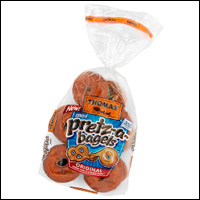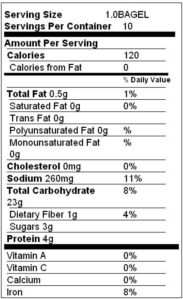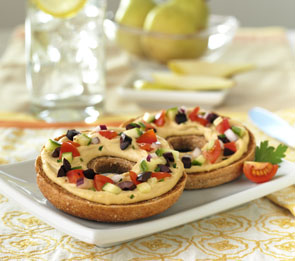
How big are your dinner plates?
Are Your Plates Platter Size? If so read on!
"Most of us make a habit of filling our plates and finishing what's on them," says Lisa Young, PhD, RD, author of The Portion Teller Plan. But since the 1970s, dinner plates have grown 25%, to 12 inches or more in diameter. Eat off a plate about 2 inches smaller and you'll serve yourself 22% fewer calories per meal, which can mean a 2-pound weight loss in 1 month, says Brian Wansink, PhD, director of Cornell University's Food and Brand Lab and the author of Mindless Eating.
Rethink your place settings. Use your salad plate to hold higher-calorie meats or pasta, and load your dinner plate with veggies, says Young. If you plan to buy new plates, the best size is 10 inches in diameter, says Wansink. "Any smaller, though, and you'll go back for seconds," he adds.
Use these helpful hints to keep your family eating healthy! Portion control can really help keep your waistline in check!






















